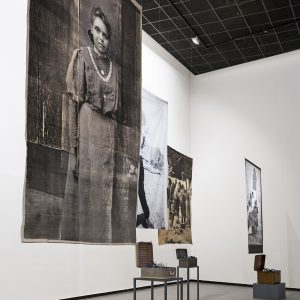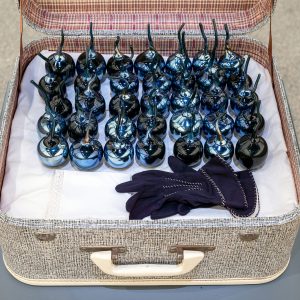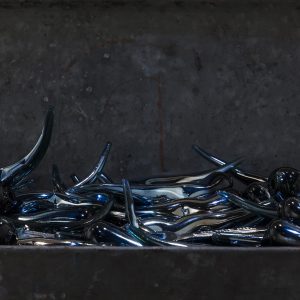A Year in Art: Australia 1992: Tate Modern, London UK
Yhonnie Scarce
29 Jul 2022 - 14 May 2023
TATE MODERN
Bankside
London SE1 9TG
DATES
29 July 2022 – 14 May 2023
It takes as its starting point the landmark 1992 High Court ruling in favour of Torres Strait Islander land-rights activist Edward Koiki Mabo. The ruling overturned terra nullius (meaning ‘land belonging to no-one’), the doctrine on which the British justified colonising the land now known as Australia.
The exhibition explores how artists have acknowledged the continuing relationship Aboriginal and Torres Strait Islander peoples have with their lands, as well as the ongoing impact of colonisation and the complexities of representation in Australian society today.
The exhibition will feature many works of art jointly acquired by Tate and the MCA in Sydney through an innovative partnership established in 2015 via a gift from the Qantas Foundation. These include works which interrogate post-colonial histories, narrate political tensions, and illustrate how the oldest continuous living cultures in the world, reaching back 65,000 years, assert connection to country in contemporary art today.
Yhonnie Scarce’s Remember Royalty (2018) was jointly acquired by the MCA and Tate gallery.
Remember Royalty (2018) is a large installation comprising four suspended portraits and three accompanying sculptures, arranged to evoke a kind of shrine. The black and white photographic images are drawn from family archives and depict Scarce’s great-great grandmother Melba c.1917; her great-great grandfather William c.1920 (Melba’s husband); her grandmother Fanny c.1950; and other family members in a group portrait taken at the Koonibba Mission c.1911, where they lived under duress. Each image has been radically enlarged and screen-printed onto a sheet or blanket of roughly the same vintage as the original photographs. Scarce has paired the portraits with offerings in the form of hand-blown glass objects and found items. The work is unique within her output for the way it synthesises sculptural, photographic and textile elements. It is further distinguished by an overtly personal narrative and the use of photographic images from Scarce’s family archive.



